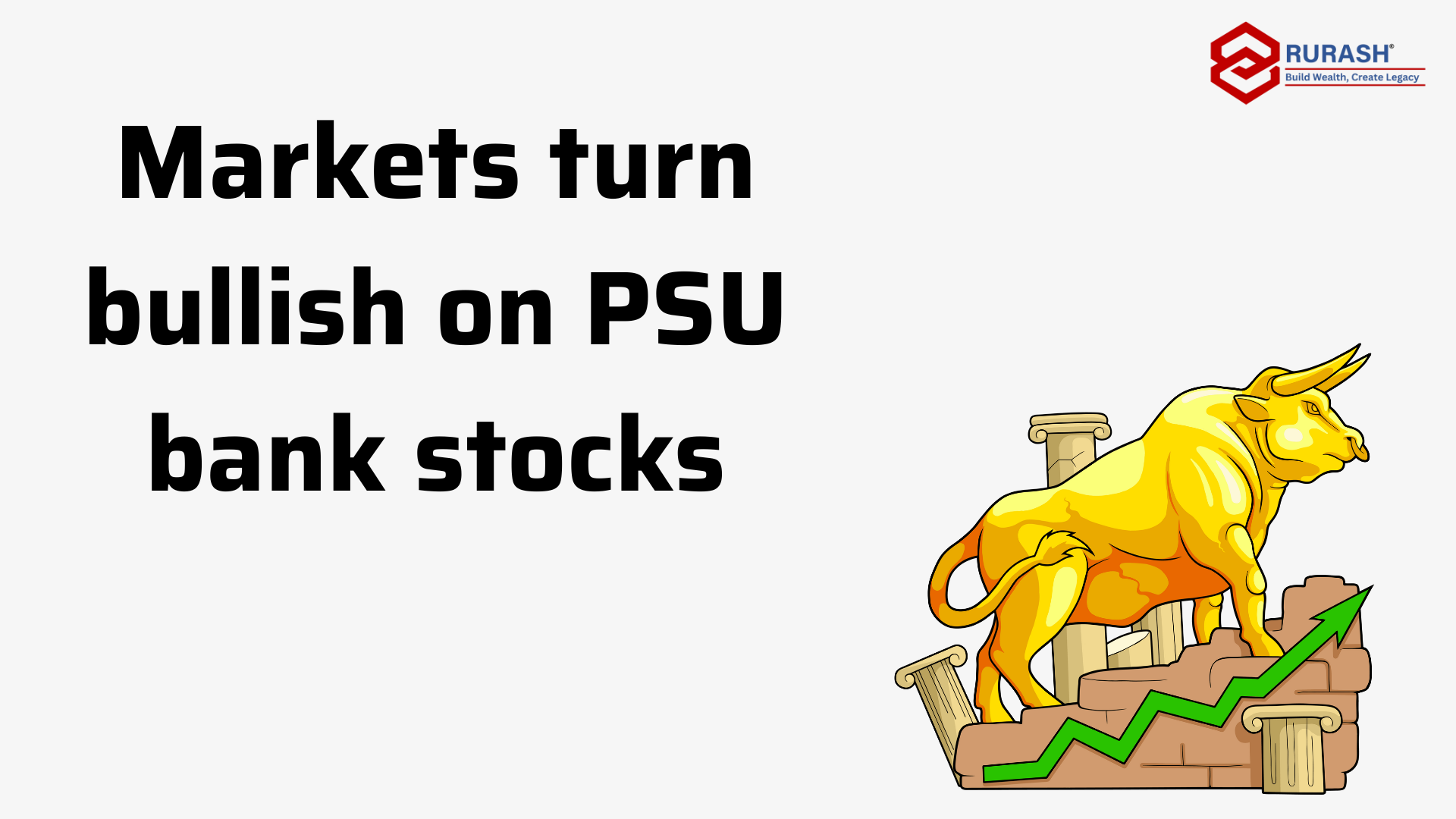The April–June 2025 quarter brought renewed attention to India’s public sector banks (PSBs), with the Nifty PSU Bank Index surging 14.99%, outperforming the Nifty Private Bank Index by over 5%. This trend marks a significant deviation from historical patterns and invites a closer look into what’s driving the resurgence and whether it’s sustainable.
At RURASH Financials, we decode this performance shift and explore what it means for investors navigating the BFSI (Banking, Financial Services, and Insurance) landscape.
What’s Fueling the PSU Bank Rally?
The tide turned after May 8, when the Nifty PSU Bank Index bottomed at 6,168.45 and began a sharp rebound. According to Anand Dama, Head of BFSI Research at Emkay Global, several key factors explain this momentum:
Lower margin compression: PSBs managed to protect their net interest margins better than private banks.
Treasury gains: Declining interest rates boosted their bond portfolios.
Lean operational costs: Improved cost efficiency has positively impacted profitability.
These factors have positioned PSBs to deliver stronger earnings and better return ratios, narrowing the long-standing performance gap with their private sector counterparts.
Market Outlook: PSBs in the Spotlight
Leading PSBs like SBI, Indian Bank, Punjab National Bank, and Canara Bank are expected to rally an additional 15–20% over the next six months, supported by macro tailwinds and sector-specific reforms.
As noted by Krishnan V.R., Head of Quantitative Research at Marcellus Investment Managers, PSBs are closely tied to the NPA (Non-Performing Assets) cycle. Recent regulatory relaxations in project finance norms and interest rate softening have created a conducive environment for these banks to outperform.
However, Krishnan also emphasized that governance structures continue to make private banks more favorable for long-term allocations a nuance investors should weigh when evaluating opportunities.
A Look at the Numbers: Performance Snapshot
Nifty PSU Bank Index:
Q1 FY26: +14.99%
YTD 2025: +12.53%
3-Year Growth: Over 200% (from 2019–20 lows)
Nifty Private Bank Index:
Q1 FY26: +9.8%
2024 Performance: –0.38%
According to a Motilal Oswal report, public sector banks led aggregate earnings in Q4 FY25, while private banks were a drag on sectoral performance reversing trends seen in previous years.
Valuation Re-Rating or Temporary Upswing?
PSBs have historically traded at steep valuation discounts due to asset quality concerns, lower efficiency, and governance-related issues. However, post-2020, the recovery from the NPA crisis, capital infusion, and digital transformation efforts have contributed to a strong re-rating.
The structural reforms in banking operations, digitization, and improved risk management have significantly altered the perception of PSBs as viable long-term investments particularly for value investors.
Key Gainers to Watch
Some of the most notable outperformers in the PSB segment include:
Union Bank of India
Indian Bank
Bank of Maharashtra
Canara Bank
Bank of India
These banks have demonstrated both balance sheet strength and earnings resilience, reinforcing confidence among institutional and retail investors alike.
RURASH Financials’ Perspective
At RURASH Financials, we believe that cyclical outperformance should be carefully balanced with structural strengths. While PSBs offer near-term upside amid favorable macroeconomic conditions and valuation comfort, governance, digital agility, and consistent earnings delivery remain crucial for sustained performance.
Investors should assess exposure to both PSBs and private banks, depending on their risk appetite, investment horizon, and diversification goals. As always, a disciplined and research-driven approach ensures optimal portfolio alignment in a dynamic market.
Conclusion
The resurgence of public sector banks is more than a short-term rally it reflects improved fundamentals, sectoral policy shifts, and renewed investor confidence. Whether you’re seeking tactical gains or long-term value, the evolving landscape in the BFSI sector offers abundant opportunities.

